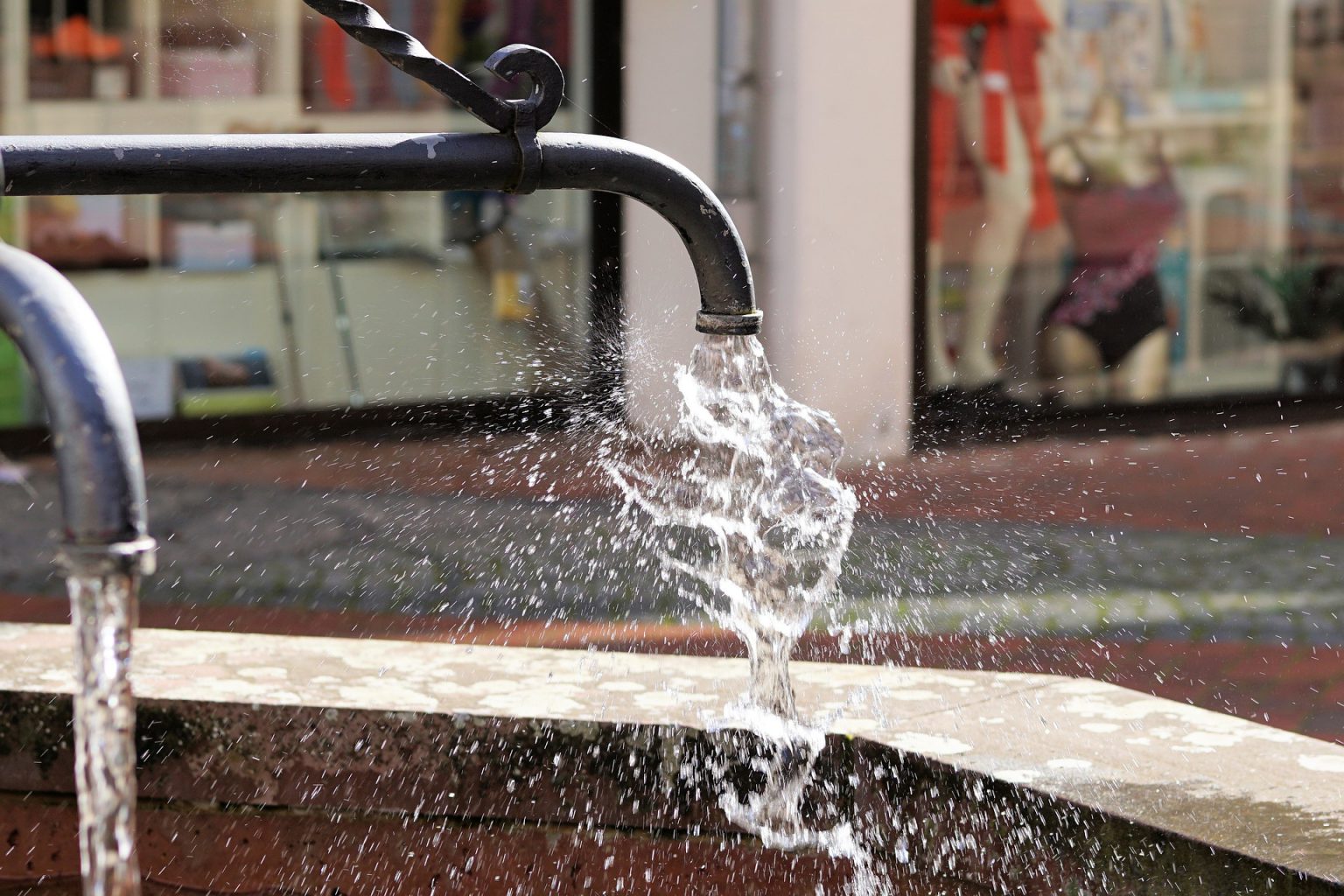

The first digit ranges from 0–6 and reflects protection from solid particles. Now let’s talk about exactly what each digit represents. So – no – a company can’t just slap its own IP rating on a product because it feels like it. IP rating is only officially given to a product that undergoes special testing by a certified, independent company.

The higher the rating, the better a product is protected. The second one is about resistance to water. The first digit tells us how well the product is protected from solid stuff. IP57As you can see, it consists of two digits. An IP rating may look something like this: IP stands for “ Ingress Protection” and measures how well a device is protected from both solid objects and liquids. Colloquially, it’s known by its cool street name: IP rating (or IP code). That scale is the thrillingly titled “IEC Standard 60529” set by the International Electrotechnical Commission. Luckily, there’s a way to compare these products based on a standardized rating scale.
#WATERROOF WATER SYSTEM BLUETOOTH#
Is my water-resistant phone as well protected from rain as my weatherproof Bluetooth headphones? Can I take either of them scuba diving with me? (Note: Please never scuba dive with your phone.) While they give product marketers plenty of ways to massage their message, these terms can lead to major confusion for the rest of us.

We’re used to seeing terms like “waterproof,” “weather resistant,” “dust protected,” and countless other variations. Manufacturers often describe their products as “dust resistant” or “moisture proof.” To back these claims up, products can be given an IP rating.


 0 kommentar(er)
0 kommentar(er)
